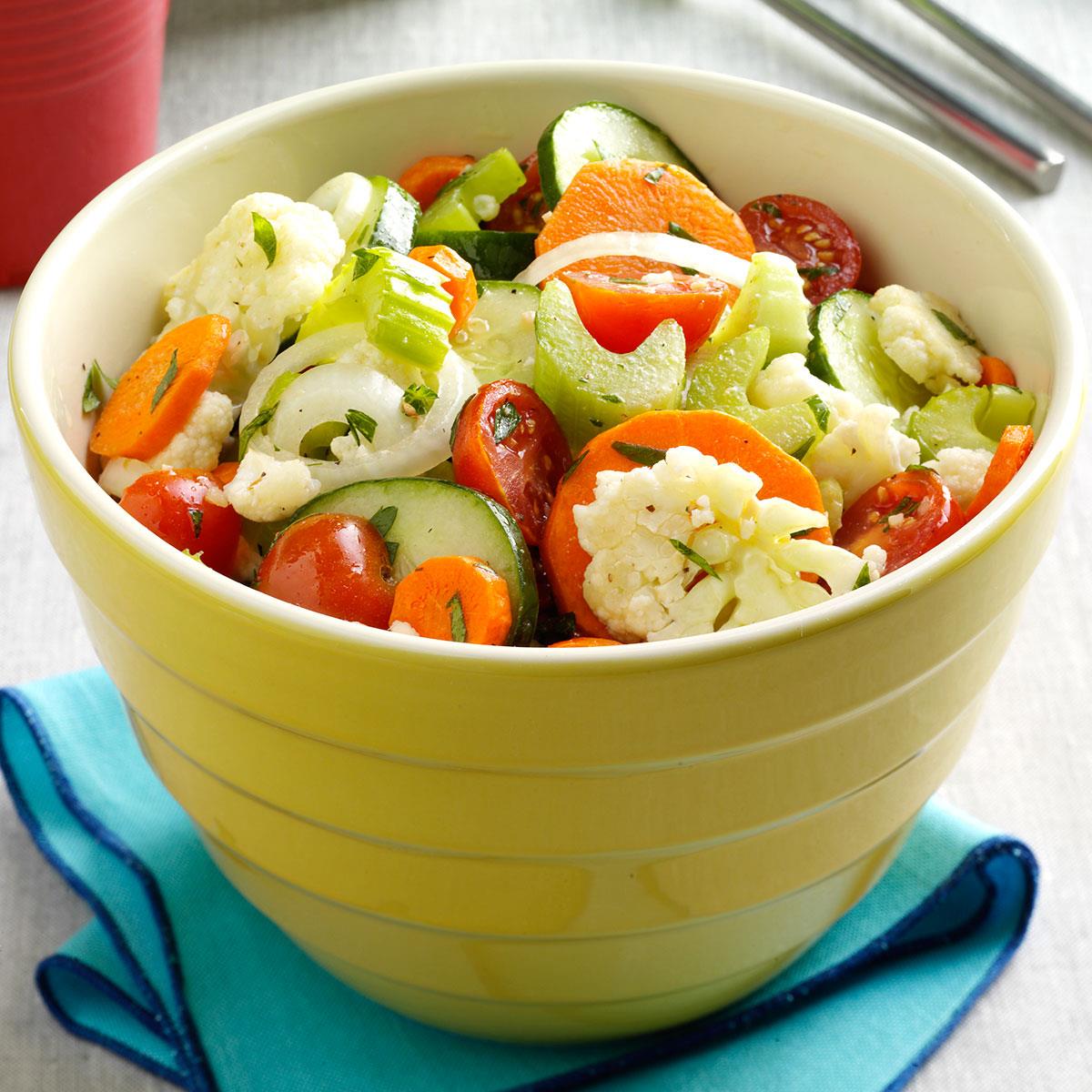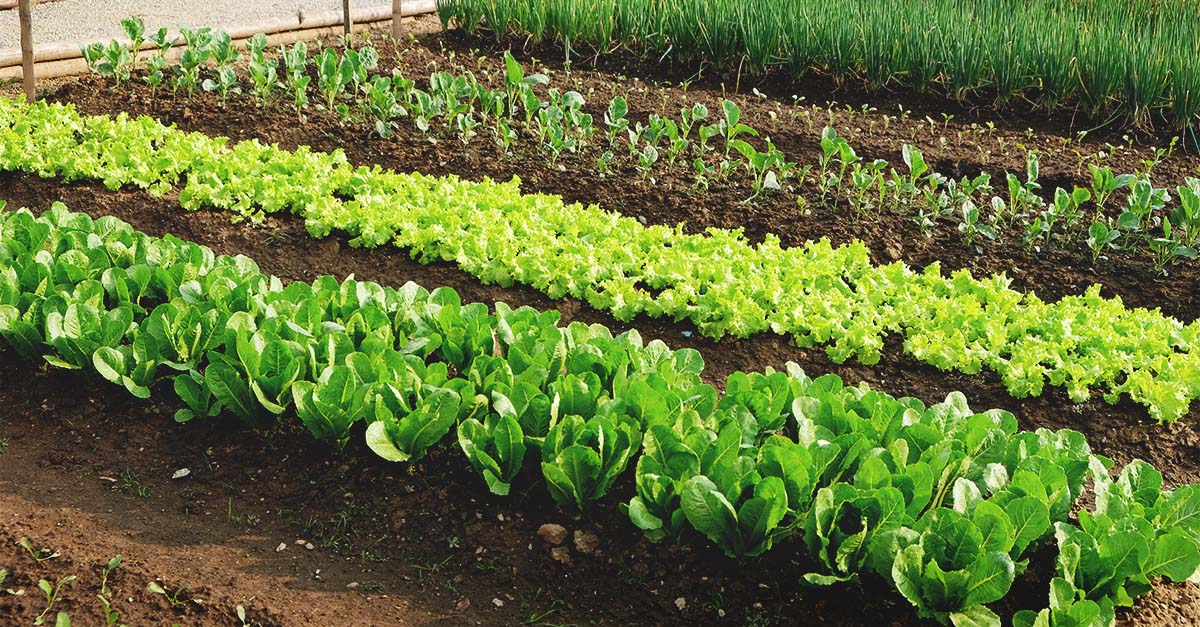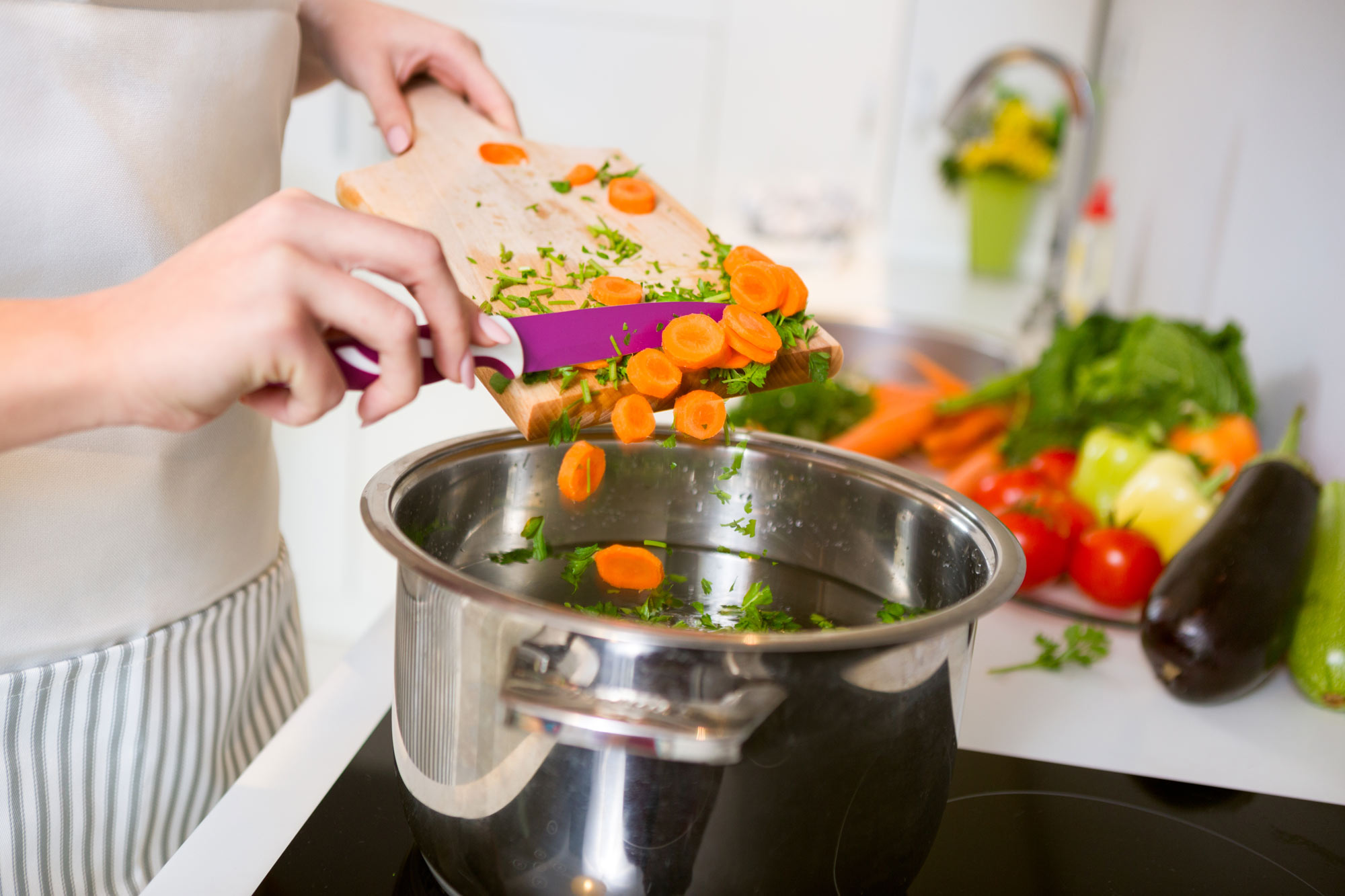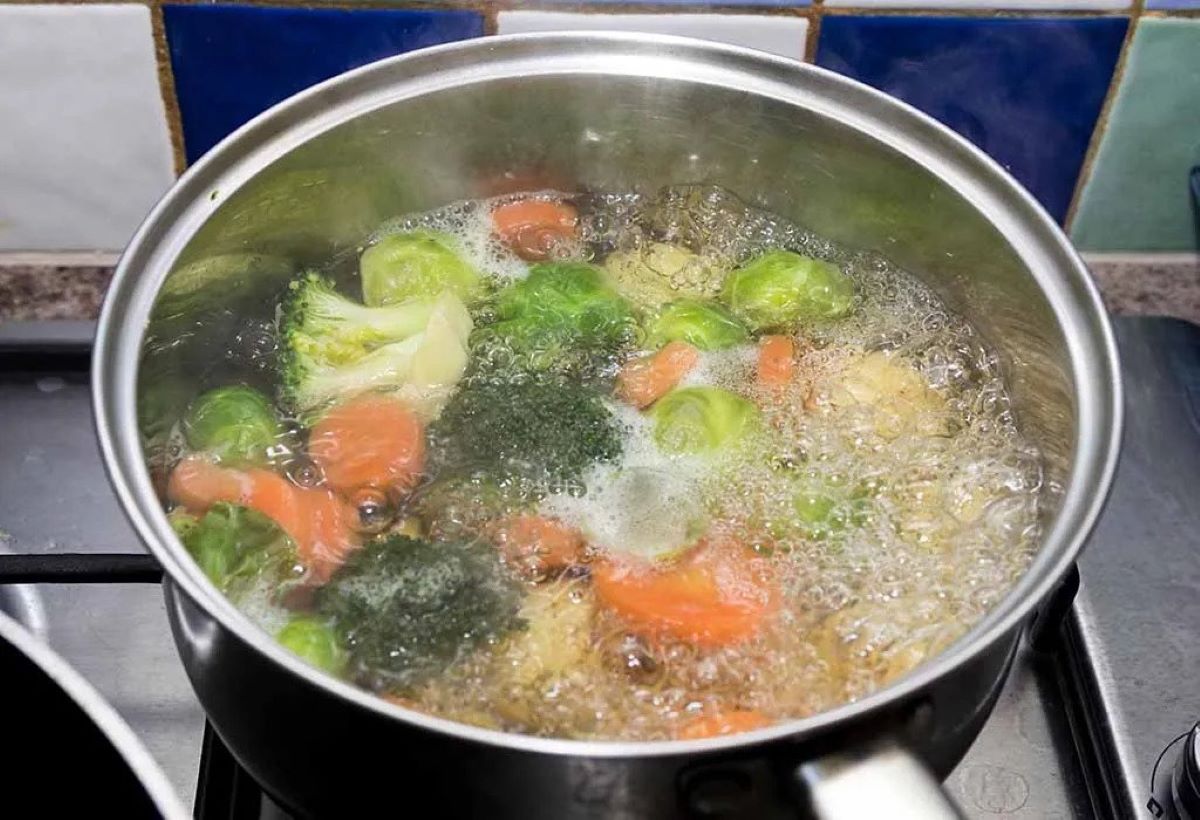Home>Gardening News and Trends>Latest News>How To Grill Vegetables On Stove
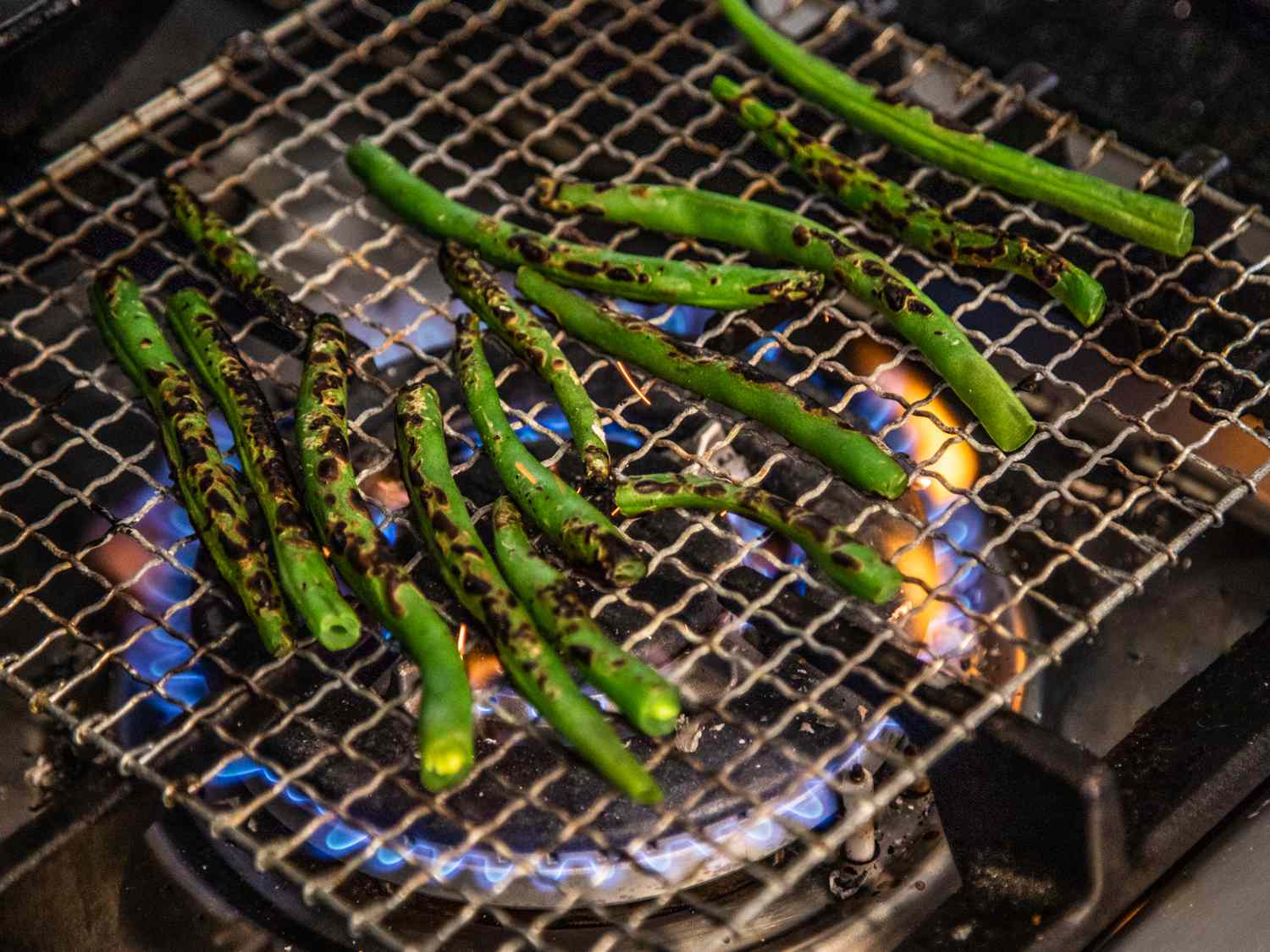

Latest News
How To Grill Vegetables On Stove
Modified: January 22, 2024
Learn the latest news on how to grill vegetables on your stove. Discover easy techniques and delicious recipes for healthy and tasty grilled veggies.
(Many of the links in this article redirect to a specific reviewed product. Your purchase of these products through affiliate links helps to generate commission for Chicagolandgardening.com, at no extra cost. Learn more)
Table of Contents
- Introduction
- Benefits of Grilling Vegetables
- Types of Vegetables Suitable for Grilling
- Preparing the Vegetables for Grilling
- Grilling Vegetables on the Stove: Step-by-Step Guide
- Seasoning and Flavoring the Grilled Vegetables
- Serving and Enjoying Grilled Vegetables
- Tips and Tricks for Grilling Vegetables on the Stove
- Conclusion
Introduction
Grilling vegetables is a fantastic way to bring out their natural flavors and create delicious and healthy dishes. While many people associate grilling with outdoor barbecues and charcoal grills, you can also achieve mouthwatering results by grilling vegetables on the stove. This method is perfect for those who don’t have access to an outdoor grill or simply prefer the convenience of cooking indoors.
Grilling vegetables on the stove offers several advantages. Firstly, it allows you to enjoy the delicious taste of grilled vegetables all year round, regardless of the weather. Whether it’s a scorching summer day or a chilly winter evening, you can still savor the smoky and caramelized flavors that grilling brings. Additionally, grilling vegetables on the stove is a quick and fuss-free cooking method that requires minimal preparation and cleanup.
The process of grilling vegetables on the stove involves searing the vegetables at high heat, resulting in a delightful char and a tender interior. This not only adds a distinctive taste but also gives the vegetables a delectable smoky aroma. You can experiment with a variety of vegetables, such as bell peppers, zucchini, eggplant, mushrooms, asparagus, and more, to create a colorful and nutritious dish that will impress your family and friends.
Whether you’re a vegetarian, a health-conscious individual, or simply looking to add more flavor to your meals, grilling vegetables on the stove is a fantastic cooking technique to master. In this article, we will explore the benefits of grilling vegetables, the types of vegetables that are suitable for grilling, and provide you with a step-by-step guide on how to grill vegetables on the stove. So let’s dive in and discover how to achieve perfectly grilled vegetables that will elevate your culinary skills!
Benefits of Grilling Vegetables
Grilling vegetables not only adds incredible flavor to your dishes but also offers numerous health benefits. Here are some of the key advantages of grilling vegetables:
- Enhanced Nutritional Value: Grilling vegetables helps to retain their natural vitamins, minerals, and antioxidants. Unlike other cooking methods that can leach out these beneficial nutrients, grilling preserves them, making your meals even more nutritious.
- Healthier Cooking Method: When you grill vegetables, you can achieve a delicious result without the need for excessive oils or fats. By minimizing the use of added fats, grilling vegetables can help you maintain a healthier lifestyle without compromising on taste.
- Charred Flavor and Texture: Grilling imparts a unique smoky flavor and a satisfying charred texture to vegetables. It elevates their taste profile, making them more enjoyable for your palate and adding a delightful twist to your dishes.
- Versatility: Grilling vegetables opens up a world of culinary possibilities. You can mix and match different vegetables to create colorful and flavorful combinations. From kebabs and skewers to grilled vegetable salads and side dishes, the options are endless.
- Time-Saving: Grilling vegetables on the stove is a quick and efficient cooking method. It requires less time compared to roasting or sautéing, allowing you to whip up a healthy and flavorful meal in no time.
- Appealing Presentation: Grilled vegetables not only taste great but also look visually appealing. Their vibrant colors and enticing grill marks can elevate the presentation of any dish, making it more enticing and appetizing.
- Great for Entertaining: Grilling vegetables is a crowd-pleasing technique that can make your gatherings and parties more enjoyable. Whether you’re hosting a backyard barbecue or a cozy indoor dinner, grilled vegetables are a versatile and tasty addition to any menu.
By grilling vegetables, you can unlock a world of flavor and reap the nutritional benefits they offer. From adding a burst of color to your plate to enhancing the overall taste of your meals, grilling vegetables is a fantastic way to elevate your cooking skills and promote a healthier lifestyle. So, let’s explore the types of vegetables that are excellent for grilling and how to prepare them for a delicious and satisfying experience.
Types of Vegetables Suitable for Grilling
When it comes to grilling vegetables, the possibilities are endless. However, not all vegetables are created equal when it comes to grilling. Some vegetables are more suitable due to their texture, flavor, and ability to withstand high heat. Here are some of the top vegetables that are perfect for grilling:
- Bell Peppers: Bell peppers come in a variety of vibrant colors and are a staple in grilled vegetable recipes. Their crisp texture and slightly sweet taste make them a popular choice for skewers, salads, and fajitas.
- Zucchini and Summer Squash: Zucchini and summer squash are excellent choices for grilling due to their firm texture and mild flavor. They can be sliced into rounds, spears, or even lengthwise for easy grilling and are perfect for adding to pasta, sandwiches, or as a side dish.
- Eggplant: Eggplant has a unique, meaty texture and a slightly smoky flavor when grilled. It can be sliced into rounds, planks, or cubes and used in dishes like eggplant parmesan, grilled vegetable stacks, or as a flavorful addition to salads.
- Mushrooms: Portobello, cremini, and white button mushrooms are all excellent choices for grilling. Their earthy flavor intensifies when grilled, making them a delicious addition to burgers, pizzas, or served as a side dish.
- Asparagus: Asparagus is a classic vegetable for grilling. Its tender stalks develop a wonderful char while still maintaining their crispness. Grilled asparagus can be enjoyed on its own as a simple side dish or added to salads, pastas, or omelets.
- Onions: Grilled onions bring out a deep, caramelized flavor that adds a savory touch to any dish. They can be cut into thick rounds, skewered, or even grilled whole and used in sandwiches, tacos, or as a topping for burgers.
- Corn on the Cob: Grilled corn on the cob is a summertime favorite. The natural sweetness of the corn intensifies when grilled, and the smoky flavor pairs perfectly with butter, spices, or a squeeze of lime.
- Tomatoes: Grilled tomatoes become juicy and slightly charred, adding a burst of flavor to salads, sandwiches, or bruschetta. Plum tomatoes or cherry tomatoes on skewers work especially well for grilling.
These are just a few examples of the many vegetables that can be grilled to perfection. Don’t be afraid to experiment with different vegetables and combinations to create unique and delicious grilled dishes. Now that you know which vegetables to choose, let’s move on to the next step of preparing the vegetables for grilling.
Preparing the Vegetables for Grilling
Properly preparing the vegetables before grilling is essential to ensure even cooking, enhance their flavors, and prevent them from sticking to the grill. Here are some steps to follow when preparing vegetables for grilling:
- Wash the Vegetables: Before anything else, give the vegetables a good wash under running water to remove any dirt or debris. Pat them dry with a clean towel.
- Trim and Cut: Trim any stems, ends, or unwanted parts from the vegetables. Then, cut them into even sizes and shapes for consistent cooking. Thick slices, spears, or cubes are common options, depending on the vegetable.
- Marinating or Seasoning: Consider marinating the vegetables to infuse them with additional flavor. You can create a simple marinade using olive oil, herbs, spices, and a splash of acid (like lemon juice or vinegar) to enhance the taste. Alternatively, you can season the vegetables with your favorite spices and herbs just before grilling.
- Preheat the Grill: Preheat your stove grill or grill pan over medium-high heat. It’s important to allow the grill to reach the right temperature before adding the vegetables.
- Brush with Oil: Brush both sides of the vegetables with olive oil or a similar high-heat oil. This will prevent sticking and help to create those desirable grill marks.
- Use Skewers or Grill Baskets: If you are grilling smaller vegetables like cherry tomatoes or mushrooms, a skewer can be handy to prevent them from falling through the grates. Alternatively, you can use a grill basket to hold the vegetables, making flipping and removing them from the grill easier.
- Prevent Cross-Contamination: If you’re grilling different types of vegetables, be mindful of preventing cross-contamination. Use separate cutting boards and utensils for each vegetable and never place cooked vegetables on the same plate that held raw vegetables.
By following these preparation steps, you’ll ensure that your grilled vegetables are cooked evenly, packed with flavor, and easy to handle on the grill. Now that the vegetables are ready, let’s move on to the step-by-step guide on how to grill them on the stove.
Grilling Vegetables on the Stove: Step-by-Step Guide
Grilling vegetables on the stove is a straightforward process that requires a grill pan or a stovetop griddle. Follow these simple steps to achieve perfectly grilled vegetables:
- Preheat the Grill Pan: Place the grill pan or griddle on the stove over medium-high heat. Allow it to preheat for a few minutes until hot.
- Arrange the Vegetables: Carefully place the prepared vegetables onto the hot grill pan. Make sure to leave enough space between each piece to allow for even cooking.
- Cook the Vegetables: Let the vegetables cook undisturbed for a few minutes, allowing them to develop those beautiful grill marks and charred edges. The exact cooking time will depend on the vegetable and its size. Generally, thicker and denser vegetables will take longer to cook than thin slices.
- Flip and Rotate: Once the vegetables have developed grill marks on one side, use tongs or a spatula to flip them over. You can also rotate them if desired to ensure even cooking on all sides.
- Continue Grilling: Cook the vegetables on the other side for an additional few minutes until they reach the desired level of doneness. Keep a close eye on them to prevent burning.
- Remove from Heat: Once the vegetables are cooked to your liking, carefully remove them from the grill pan and transfer them to a serving dish or plate.
- Rest and Serve: Allow the grilled vegetables to rest for a few minutes before serving. This will help to retain their juiciness and allow the flavors to meld together. Serve them hot as a side dish, in salads, sandwiches, or as part of a grilled vegetable platter.
It’s important to note that the cooking time can vary depending on the thickness of the vegetables and the heat of your stove. Thinner slices may cook quicker, while thicker cuts may require a bit more time. Don’t be afraid to adjust the heat or cooking time as needed to achieve the desired level of char and tenderness.
Now that the vegetables are perfectly grilled, let’s explore the various ways you can season and flavor them to enhance their taste.
Seasoning and Flavoring the Grilled Vegetables
Grilled vegetables have a delicious natural flavor, but adding seasonings and additional flavors can take them to the next level. Here are some ideas for seasoning and flavoring your grilled vegetables:
- Simple Salt and Pepper: Sometimes, all you need is a sprinkle of salt and pepper to enhance the natural flavors of the vegetables. Use these basic seasonings to bring out the best in grilled asparagus, bell peppers, zucchini, or mushrooms.
- Herbs and Spices: Experiment with different herbs and spices to add depth and complexity to your grilled vegetables. Fresh herbs like rosemary, thyme, basil, or cilantro can be chopped and sprinkled over the vegetables for a burst of freshness. Spice mixes like Cajun, Italian seasoning, or garlic and herb blends can add a flavorful kick.
- Marinades and Dressings: If you marinated the vegetables prior to grilling, you can brush some of the remaining marinade over them while they cook to enhance the flavor. Additionally, dressings like balsamic glaze, lemon vinaigrette, or chipotle sauce can be drizzled over the grilled vegetables for added tang and richness.
- Cheese and Nuts: For a touch of indulgence, sprinkle some crumbled feta, grated Parmesan, or goat cheese over the grilled vegetables. The warmth of the vegetables will slightly melt the cheese, adding a creamy and savory element. You can also toss in some toasted pine nuts, almonds, or pecans for a delightful crunch.
- Acidic Ingredients: A squeeze of lemon or lime juice can brighten the flavors of grilled vegetables and balance out the richness. You can also add a splash of balsamic vinegar, apple cider vinegar, or red wine vinegar to enhance the overall taste profile.
- Chili Flakes or Hot Sauce: If you prefer a bit of heat, sprinkle some crushed chili flakes over the grilled vegetables or drizzle them with your favorite hot sauce. This will add a spicy kick to your dishes, taking the flavors up a notch.
- Infused Oils: Experiment with infused oils such as garlic-infused oil, rosemary-infused oil, or chili-infused oil to impart a subtle but distinctive flavor to your grilled vegetables. Simply drizzle a small amount over the vegetables before serving.
These are just a few ideas to get you started. Feel free to get creative and explore different flavor combinations to suit your taste preferences. Remember, seasoning and flavoring are subjective, so adjust the amounts and types of seasonings based on your personal preferences.
Now that your grilled vegetables are seasoned and bursting with flavor, it’s time to serve and enjoy them!
Serving and Enjoying Grilled Vegetables
Grilled vegetables are incredibly versatile and can be enjoyed in various ways. Here are some suggestions on how to serve and savor your deliciously grilled vegetables:
- As a Side Dish: Grilled vegetables make a delightful side dish to complement any main course. Serve them alongside grilled chicken, steak, or fish for a balanced and flavorful meal.
- In Salads: Chop the grilled vegetables into bite-sized pieces and toss them into a fresh salad. They add a smoky and charred element to the salad, elevating its taste and texture.
- As a Topping: Use grilled vegetables as a topping for burgers, pizzas, sandwiches, or wraps. They bring a burst of flavor and an enticing charred appeal to these dishes.
- In Pasta or Grain Bowls: Mix grilled vegetables with cooked pasta, quinoa, or rice. Add some additional seasonings, herbs, and a drizzle of olive oil for a satisfying and hearty meal.
- In Omelets or Frittatas: Incorporate grilled vegetables into your morning eggs for a delicious and nutritious start to the day. The smoky flavors of the grilled vegetables will add depth to your breakfast dish.
- On Skewers or Kabobs: Thread grilled vegetables onto skewers and serve them as colorful and flavorful kabobs. They are perfect for summer cookouts or entertaining guests.
- In Grilled Vegetable Wraps: Fill a wrap or tortilla with grilled vegetables, a spread of hummus or pesto, and some fresh greens. It makes for a satisfying and healthy handheld meal.
- On a Grilled Vegetable Platter: Arrange a variety of grilled vegetables on a platter for an attractive and appetizing presentation. Serve them with a dipping sauce or a side of yogurt for a light and refreshing snack.
Remember to garnish your grilled vegetables with fresh herbs, lemon wedges, or a sprinkle of Parmesan cheese to enhance their visual appeal and flavor. Additionally, grilled vegetables can be stored in the refrigerator for a few days and enjoyed as leftovers or transformed into new dishes.
Whether you’re grilling vegetables as a side dish, incorporating them into a main course, or enjoying them as a standalone dish, make sure to savor every bite and appreciate the smoky flavors and mouthwatering textures. Grilled vegetables are not only delicious but also a healthy addition to your meals.
Now that you’re equipped with the knowledge to grill vegetables on the stove, along with ideas on how to season, serve, and enjoy them, it’s time to put your skills to the test and explore the wonderful world of grilled vegetables!
Tips and Tricks for Grilling Vegetables on the Stove
Grilling vegetables on the stove can be a breeze with the right techniques and tricks. Here are some tips to help you achieve the best results:
- Preheat the grill pan: It’s important to preheat your grill pan or griddle thoroughly before adding the vegetables. This ensures that they cook evenly and develop those desirable grill marks.
- Keep the pieces uniform: Cut the vegetables into uniform sizes and shapes to ensure even cooking. This helps to prevent some pieces from becoming overcooked while others remain undercooked.
- Oil the vegetables, not the pan: Rather than oiling the grill pan or griddle, brush the vegetables with oil before placing them on the heat. This prevents excess oil from causing flare-ups and ensures the vegetables develop a nice char.
- Don’t overcrowd the pan: Give the vegetables enough space on the grill pan, allowing proper air circulation for even cooking. Overcrowding the pan can result in steaming instead of grilling, leading to soggy vegetables.
- Adjust the heat as needed: Keep an eye on the heat while grilling. Adjust the stove temperature as necessary to prevent the vegetables from burning or undercooking. Remember, a moderate heat level works best for grilling most vegetables.
- Use the right oil: Opt for oils with a high smoke point, such as vegetable oil, peanut oil, or avocado oil. These oils can withstand the high heat of grilling without burning or imparting a bitter taste to the vegetables.
- Keep the grill marks intact: When flipping the vegetables, do it gently to avoid disrupting the grill marks. This helps maintain the visual appeal of the grilled vegetables.
- Grill a variety of vegetables: Don’t limit yourself to just one type of vegetable. Mix and match different vegetables to create a colorful and flavorful grilled vegetable medley.
- Experiment with seasonings: Get creative with your seasonings and explore different herbs, spices, marinades, and sauces to add variety and flavor to your grilled vegetables.
- Don’t overcook: Grilled vegetables taste best when they are cooked to a tender, slightly crisp texture. Avoid overcooking them, as they can become mushy and lose their vibrant colors and flavors.
With these tips in mind, you’ll be grilling vegetables on your stove like a pro. Remember, practice makes perfect, so don’t be discouraged if your first attempt isn’t flawless. Keep experimenting and fine-tuning your grilling techniques to suit your preferences and enjoy the delicious results!
Conclusion
Grilling vegetables on the stove is an excellent alternative for those who want to enjoy the deliciousness of grilled vegetables without the need for an outdoor grill. It provides a convenient and accessible way to infuse your vegetables with incredible flavors, creating a healthy and mouthwatering dish.
Throughout this article, we explored the benefits of grilling vegetables, the types of vegetables suitable for grilling, and how to prepare and grill them on the stove. We also discussed various options for seasoning, serving, and enjoying grilled vegetables, along with helpful tips and tricks to achieve the best results.
By grilling vegetables on the stove, you can enhance their nutritional value, achieve a delectable charred flavor, and enjoy the versatility of incorporating them into numerous dishes. Whether you’re grilling vegetables as a side dish, incorporating them into salads or wraps, or enjoying them on their own, there are endless possibilities to explore.
Remember to experiment with different vegetables, seasonings, and cooking techniques to find your favorite combinations. With practice and creativity, you can become a master at grilling vegetables on the stove and delight your family and friends with flavorful and nutritious dishes all year round.
So, fire up your stove and get ready to savor the smoky aromas and delicious flavors of grilled vegetables. Elevate your cooking skills, embrace healthy eating, and enjoy the incredible tastes that grilling vegetables on the stove can offer!



